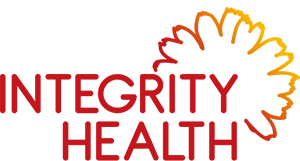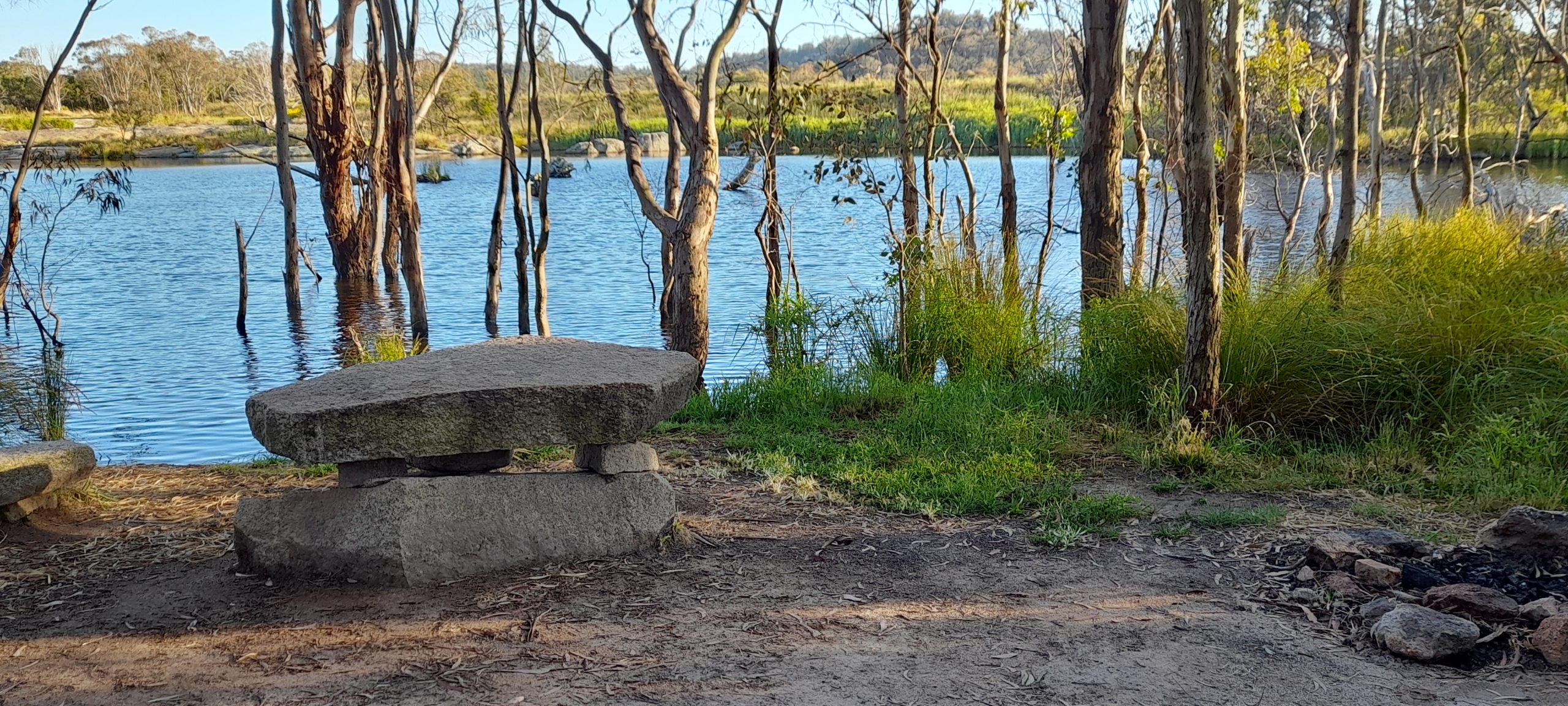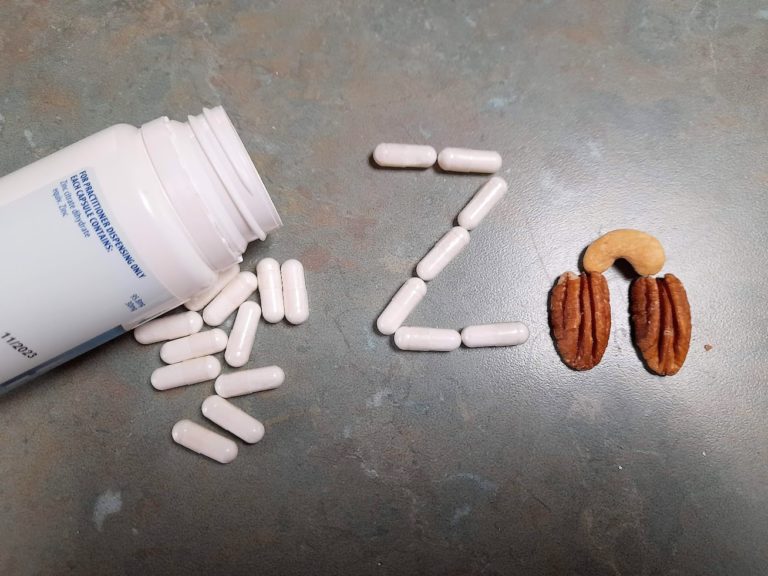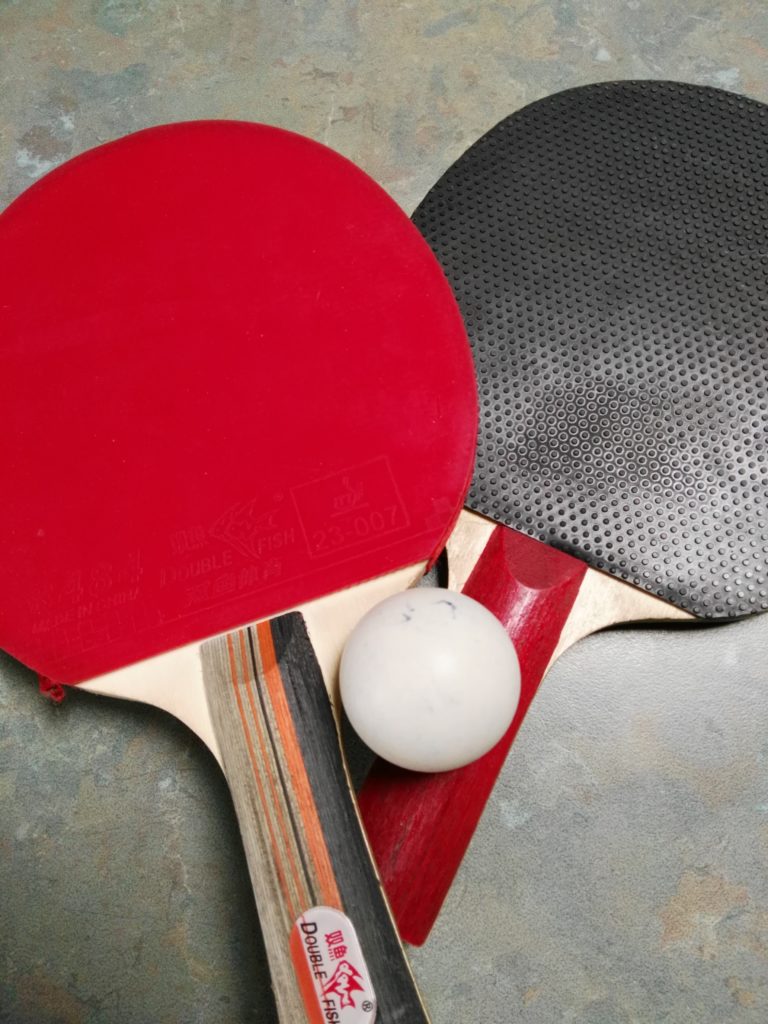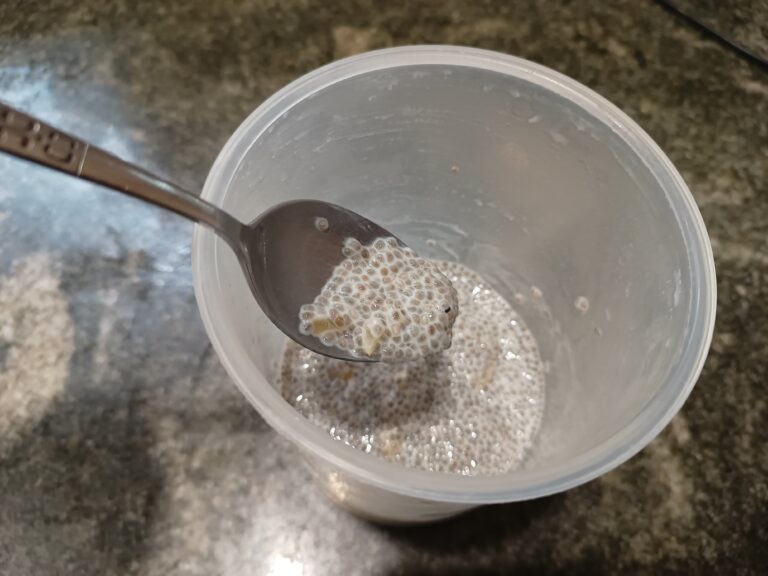Convalescence – a natural path to healing
The rate of change in the world has put big demands on people – demands to do more, work harder and “soldier on” in the face of illness.
Before there was a pharmaceutical industry – with it’s “wonder drugs” that prevented and treated disease – healing was the result of a process, not a tablet or an injection.
In “the olden days” we treated our bodies – and the process of recovering from illness – in a much more natural, holistic way. We recognised the time it took to heal – and acknowledged that healing was a process.
A key step in that process was convalescence – a word and a practice that had fallen out of fashion in a lot of places – until COVID-19.
“a time in which one does not, in the manner of accomplishment, enter a state of health; rather, it concerns a time of getting over in which the source of the illness never really withdraws completely.”
James Risser, “On the Continuation of Philosophy: Hermeneutics as Philosophy,” in Weakening Philosophy: Essays in Honour of Gianni Vattimo, ed. Santiago Zabala, 184–202 (Montreal: McGill-Queen’s UP, 2006), 187–88
But now we have Long COVID – and up to 1/5th of people who are infected with COVID can expect to experience Long COVID. They won’t “get sick, then get better”. Instead, they’ll spend time in an in-between space – a space where symptoms of health and illness will intermingle.
In this situation, “soldiering on” and “getting back to work” can lead to worse outcomes.
The “lost art of convalescence” is making a comeback – big time.
Convalescence is a core process of naturopathy
COVID is a reminder to the human race that we are part of nature – biological creatures operating within the natural world that delivers our food, water, air and weather.
Convalescence is coming back to the mainstream (it’s always been a fundamental part of Naturopathic practice).
What does convalescence involve?
There are 4 key steps to restorative convalescence
Follow Florence Nightingale’s prescription for recovery – create an environment that cares for your body, mind and spirit.
Convalescence has four main elements:
- Rest – get the best sleep you can, and more of it than you probably think you need.
- Nourish – your body uses energy to digest food, so the more digestible your food, the more energy you’ll have for healing.
- Move – thoughtful, gentle movement that doesn’t tire you out will help your body recover.
- Relax – rest your mind and your emotions as well as your body. COVID has been traumatic on a number of levels – there’s a whole complex of fear, anxiety, guilt and trauma that comes along with the physical disease and its diverse impacts on your body’s systems.
Rest your body
As Mr Curly advised Vasco Pyjama “You must rest, Vasco – or you will become rest-less“.
Your body needs lots of rest to heal – far more than you might normally need. So go to bed with the sun and stay there until the sun comes up. Avoid stimulants and consider herbal teas or supplements – or a few drops of lavender oil on your pillow.
If you’re still not sleeping well, get help to deal with the problem – because quality rest is essential to your recovery.
Nourish your body
Minimise the energy you need to digest food. Cooking helps with digestive capacity, allowing cellular repair to happen faster.
Fluids are easily absorbed and keep you hydrated. So lots of liquids in the form of broths, soups and juices. Soups are great if you’re in a cold environment, and herbal teas are also great.
Moving on to easily digestible food – well cooked veg rather than raw. Steamed broccoli might be a better option than a high-fibre raw salad in the early days of your recovery.
Don’t overload your system with extreme temperatures – especially iced drinks. And also avoid too much sugar, caffeine and other stimulants.
Gentle foods, gentle on the digestive systems will speed your recovery – as our grandparents knew. (Everyone’s grandmother once had their proven chicken soup recipe.)
There are indications that the Mediterranean diet may have benefits both in preventing COVID-19 infection and helping with recovery.
Move your body
Gentle exercise will help with your recovery – enough to increase your breathing, but NOT so much that you get exhausted.
Also maybe a gentle weights program – this is especially for older people whose lowered hormones levels no longer automatically maintain their muscle mass. You don’t need to get sweaty over massive weights – in fact, research shows that LOWERING weights builds muscle.
Consider working with an exercise physiologist or trainer to get further ideas on exercise, plus advice on safe levels of exercise during convalescence.
Yoga, tai chi, stretching or a walk in nature will also keep your muscles working to help you recover.
Relax – your body AND your mind
Practice mindfulness, do some stretching, explore positive psychology, enjoy music – because the more energy you spend worrying, the less you will have to heal.
An ongoing chronic disease challenge is a trauma in its own right, particularly in today’s world of “do/do/do/do/do”. Put that on top of the trauma of two years of COVID-generated disruption and trauma and it can have a real and significant impact on your mental and emotional health.
Get support if you need it – because convalescence is a multi-dimensional process, not just a matter of physiology.

